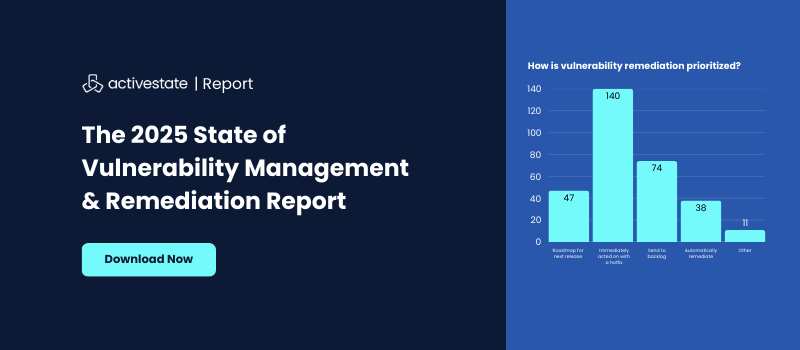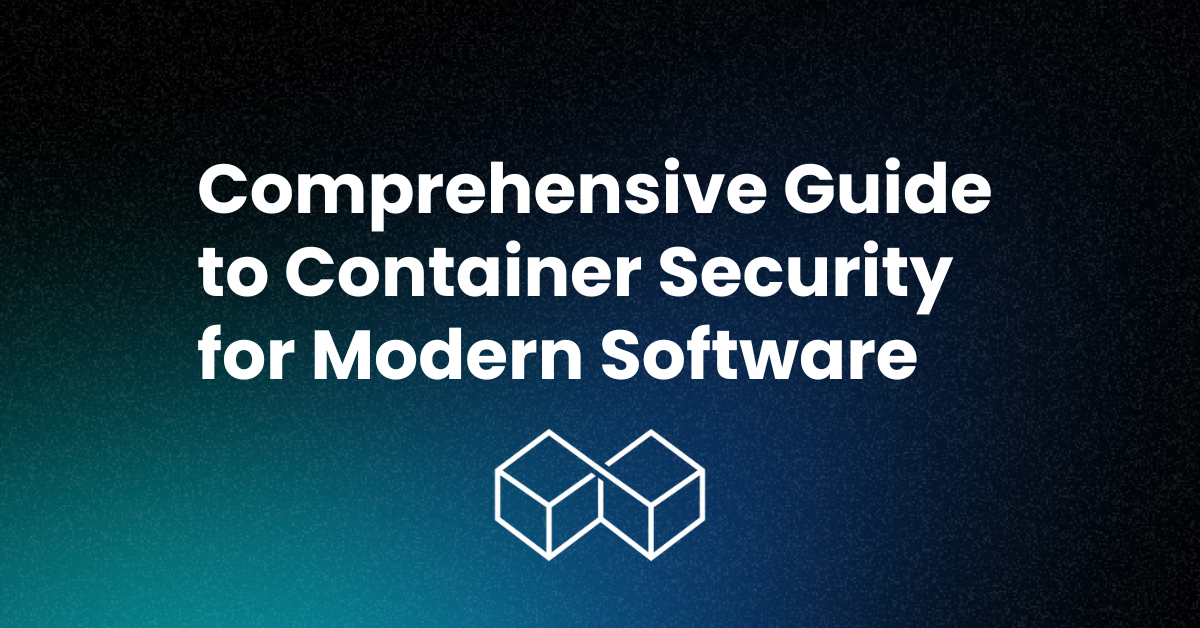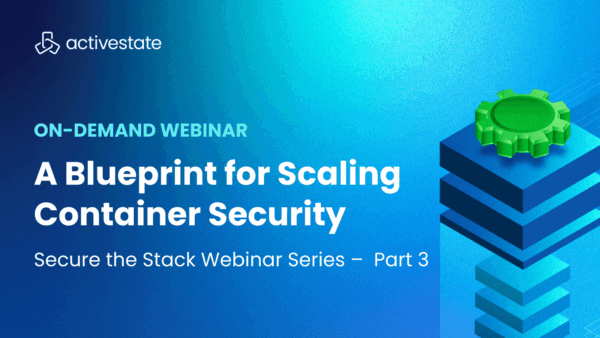In today’s world, containers are an essential part of modern software development. They provide a lightweight, portable way to package and deploy applications. However, containers also introduce new security challenges. In this blog post, we will discuss the importance of container security and provide best practices for securing containers.
The Importance of Container Security
Containers are a great way to package and deploy applications. However, they also introduce new security challenges. Containers are often built from images that are pulled from public registries. These images may contain vulnerabilities that can be exploited by attackers. In addition, containers can also be misconfigured, which can lead to security risks.
It is important to understand and manage the vulnerabilities in the software supply chain. This includes identifying vulnerabilities in container images, maintaining supply chain security, and streamlining compliance and remediation.
Best Practices for Securing Containers
There are a number of best practices that can be followed to secure containers. These include:
- Identifying vulnerabilities in container images: This can be done using tools such as Anchore Grype or Trivy.
- Maintaining supply chain security: This includes using a secure container registry and implementing a software bill of materials (SBOM).
- Streamlining compliance and remediation: This can be done by using a container security platform that can automate vulnerability management and remediation.
In addition to these best practices, it is also important to take a lifecycle approach to container security. This means that security should be considered at every stage of the container lifecycle, from development to deployment to operation.
A Lifecycle Approach to Container Security
The following are some of the key steps in a lifecycle approach to container security:
- Development: During development, developers should use secure coding practices and build container images with a minimal set of dependencies.
- Testing: Container images should be thoroughly tested for vulnerabilities before they are deployed.
- Deployment: Container images should be deployed to a secure container runtime environment.
- Operation: Containerized applications should be monitored for security threats and vulnerabilities.
By following these best practices, organizations can help to ensure the security of their containerized applications.
Conclusion
Container security is an important issue for all organizations that use containers. By understanding and managing the vulnerabilities in the software supply chain, and by following best practices for securing containers, organizations can help to reduce their risk of being attacked.
Download the full guide today!









